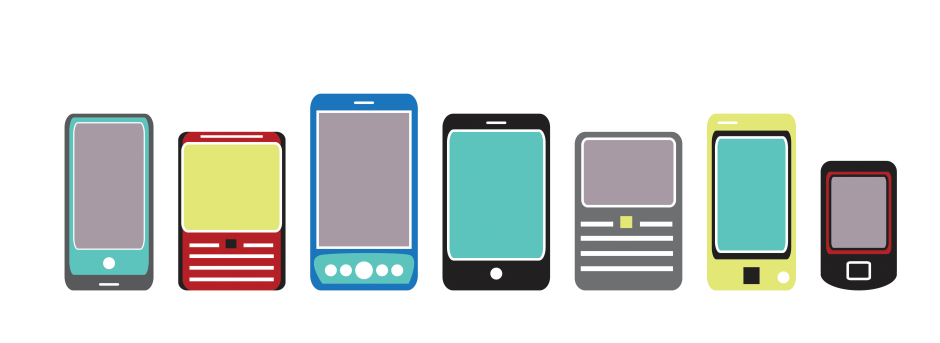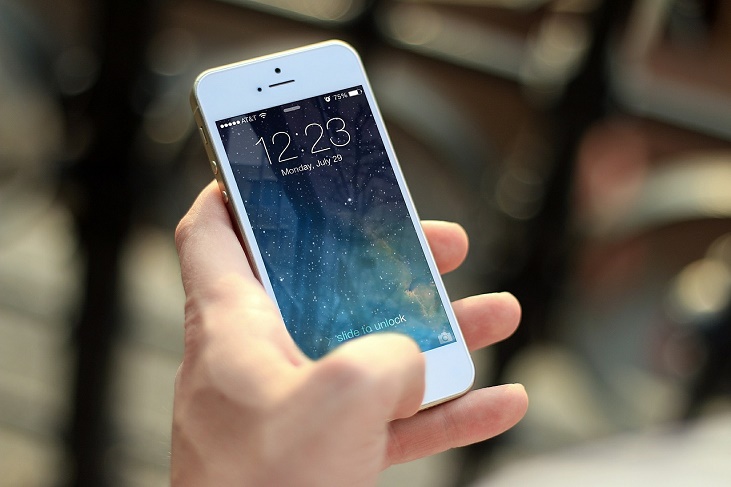The new iPhone is out, the Galaxy Note 5 is out, the new Nexuses are coming and well, the list goes on. Smartphones keep on coming and just as the hype for one phone dies down, along comes a rumor about another “flagship-killer” phone and the cycle starts again. Smartphones are everywhere. They are a necessity! Android with its open-source nature has brought about an influx of all kind of cheap as well as expensive smartphones. There are Samsung’s Galaxy phones that are in a constant tussle with the iPhone to be the best high-end smartphone around, while there are cheap phones from Chinese companies that are in a fierce battle to offer the best features at the lowest prices.
So, in the market for a new smartphone? Well, there are several things you should consider first before you jump into the over-crowded jumbled mess that is the smartphone market of today.
1. What’s Your Budget?
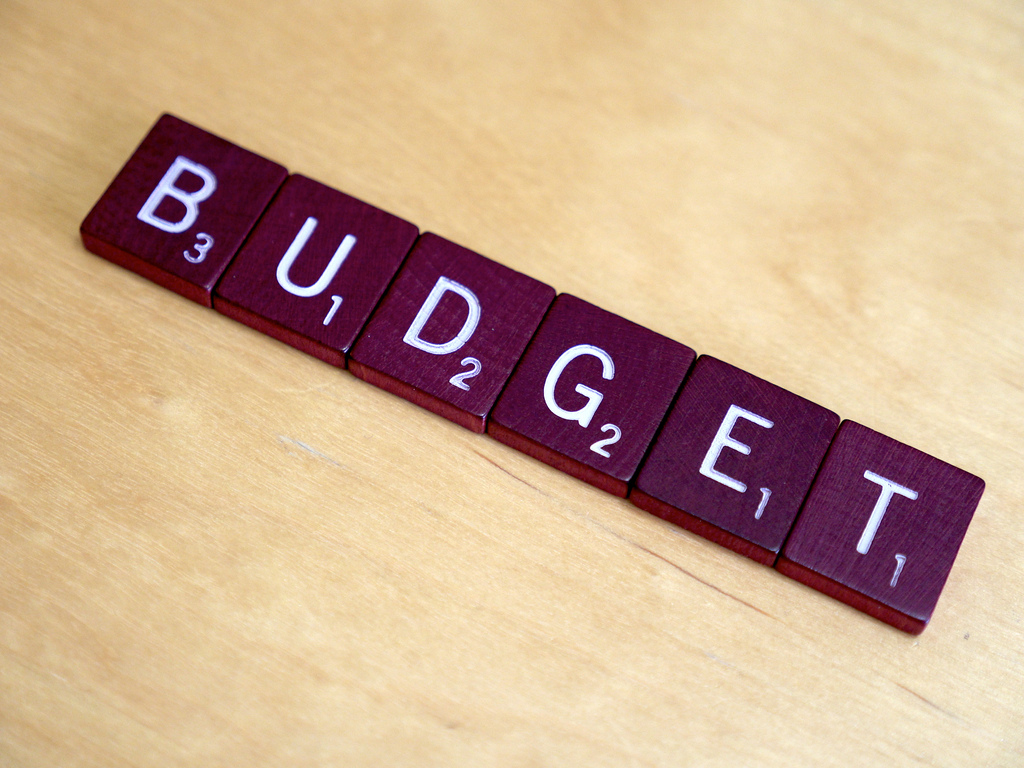
This is a no-brainer. Before you even think of buying a smartphone, set your budget and promise yourself to abide by it, because once you start browsing smartphones, you’ll find yourself itching to have a go at those big expensive pieces of tech-wonders from Apple, Samsung, HTC, etc. So first, set your budget!
Usually, latest flagships go on sale in Pakistan for around 60-70K, so bare in mind that if you want the latest iPhone or the latest Galaxy soon after launch, then that is the least amount you need to have in hand. If you still want the latest and greatest but are a few thousand short, then we recommend waiting a while so the price drops.
Price is the most important aspect for any consumer. Apple is clearly the most expensive option and its newly-launched iPhones cost nearly a fortune when they reach Pakistan. The fact that Apple doesn’t officially sell iPhones in Pakistan leads to even higher costs. Samsung is a little cheaper but is also quite expensive when compared to other manufacturers. Motorola deserves a special mention here as they have taken on a new route in which they sell their flagship, the Moto X, at considerably less costs than others. Apart from that, Motorola’s Moto G, one of the cheapest Android phones at around 20-25K, is one of our favorite smartphones.
Another budget-friendly favorite of ours is the OnePlus Two, which offers flagship-level specs for a mere $329. The only catch is that the phone is only available as an invite-only basis, which means that it is very rare to find it in stock in Pakistan and even the place that do have it, sell it at a much-higher price.
2. Specifications

Of course, specifications of a phone come next in this list as that’s the most important part about a smartphone. Here’s a list of specs you should check before finalizing your choice,
- Is it fast enough for the price range it is in? Of course the fastest phones are also the priciest, so try comparing the phone you like with other phones in the price range. If it is smooth enough and doesn’t hang up, it’s good enough. Generally, 1 GB of RAM or more is fine!
- Is the screen good enough? There has been a drastic improvement in the screen department of smartphones and even the least expensive phones come with a good-enough resolution. So just give the resolution a look and check the ppi(pixels per inch) value. If it’s any way near or above 300, the screen is good enough for a smartphone of today.
- Is the battery going to last a day? In 2015, there is simply no reason to buy a phone with a battery that won’t even last day. Normally, a 2100 mAh or bigger battery should be good enough for a mid-range Android phone.
- Is the camera good enough? More on that in the next section.
These mainly depend on the price bracket you are judging you phone for. To get a good budget Android phone, you need at least 20K, for which you’ll be able to get incredibly-good yet budget-friendly Moto G. There’s also the much cheaper Moto E which retails for around 12K.
3. Camera

Most people today don’t even feel the need to carry out a point-and-shoot or DSLR camera separately as they believe their smartphones are good enough, and for the most part, that is indeed true. You don’t really need separate cameras if you just need photos for sharing on social networks if you have a decent camera on your smartphone. What do we mean by a decent camera? Well, it should have a reasonable amount of MegaPixels: around 8 is more than enough. After that, it depends more on the manufacturer how good a camera is than just the number of MegaPixels. For example, an 8 MP iPhone 6 camera is miles better than an 8 MP in a Nexus 5. The iPhone 6 even trumps the 16 MP in the S5!
iPhones generally have really good cameras, and recently, Samsung and LG have made some incredible progress too. In 2015, Samsung’s Galaxy S6, LG’s G4 and Apple’s iPhone 6S are the best cameraphones on the market. But if you can’t afford the latest flagships, it’s a good choice to buy any predecessor to these flagships, which are not bad either.
4. Software Updates
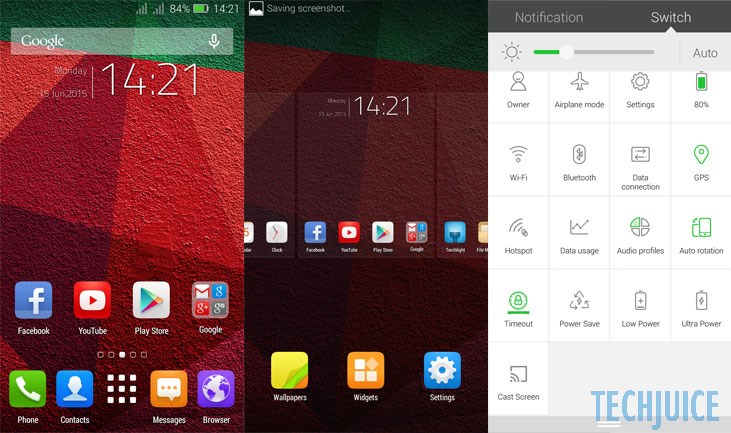
Here again, Apple takes the crown as it has the best track record for updating its phones. Not only does every version of iOS gets the best adaption rate, it is also the quickest in reaching that. After that comes Google’s Nexus devices which are the first devices to receive Android updates.
Motorola has made some huge efforts and it gets top points for being one of the quickest dispatcher of Android updates. It even beat Google last year when it offered the Lollipop update for its Moto X smartphone even before Google could put it all on the Nexus devices.
After Google and Motorola, you would be better off with any flagship smartphone as they are the most likely to receive updates. You can grab last-year flagships as the are not only budget-friendly, but are also a really good choice as they get better software-update support compared to other phones, especially for Android.
5. Brand Recognition
It might not matter to everyone, but it does matter to most. In today’s world where the smartphone you hold represents you more than the clothes you wear, it’s a tough choice to chose a smartphone for yourself. BlackBerry is out, iPhone is in, Galaxy is hip. Phones from Chinese companies or companies lacking in brand value such as QMobile or Voice may be good, but they still won’t have the same “wow” factor, as, per say, the iPhone 6 or the Galaxy S6. This one is totally up to you!
6. Warranty

After you have finalized your choice based on the pre-mentioned characteristics, do keep in mind that the phone comes with a one-year warranty at least. Most companies offer one-year international warranty with each phone, but some of these, namely Apple, do not have official presence in Pakistan. Due to this, you would have to rely on the place you are buying it from to cover your warranty. Most mobile phones shops in Pakistan offer to fix their products if they prove faulty within a year, but to be safe, make sure to go through their warranty and return policies carefully before buying your phone.
7. Resale Value
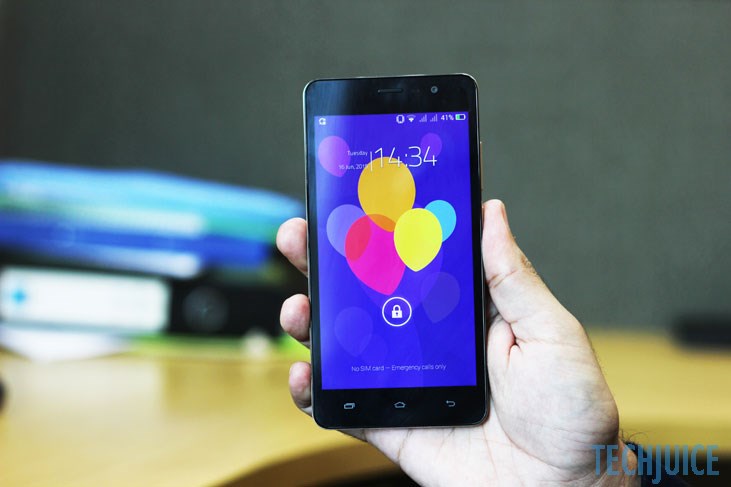
If you are one of those kinds that like to jump on to new phones as soon as they are released, this one is a must for you. Android phones, with a few exceptions, aren’t that good in terms of resale value. Samsung and HTC phones may pick some good bucks as second-hand phones but they are the only exceptions right now. So if you are looking for some good resale value, iPhones are your best bet!
Even a two-year old iPhone 5S retails brand new for nearly the same prize as this year’s Galaxy S6, so it is clear that iPhones are really good for resale value. However, keep in mind that the price your phone will be able to fetch as a second-hand phone is only as good as the condition it is in.
